Great list of edge-case types to look out for. Any missing? pic.twitter.com/ZmRAqTjgdp
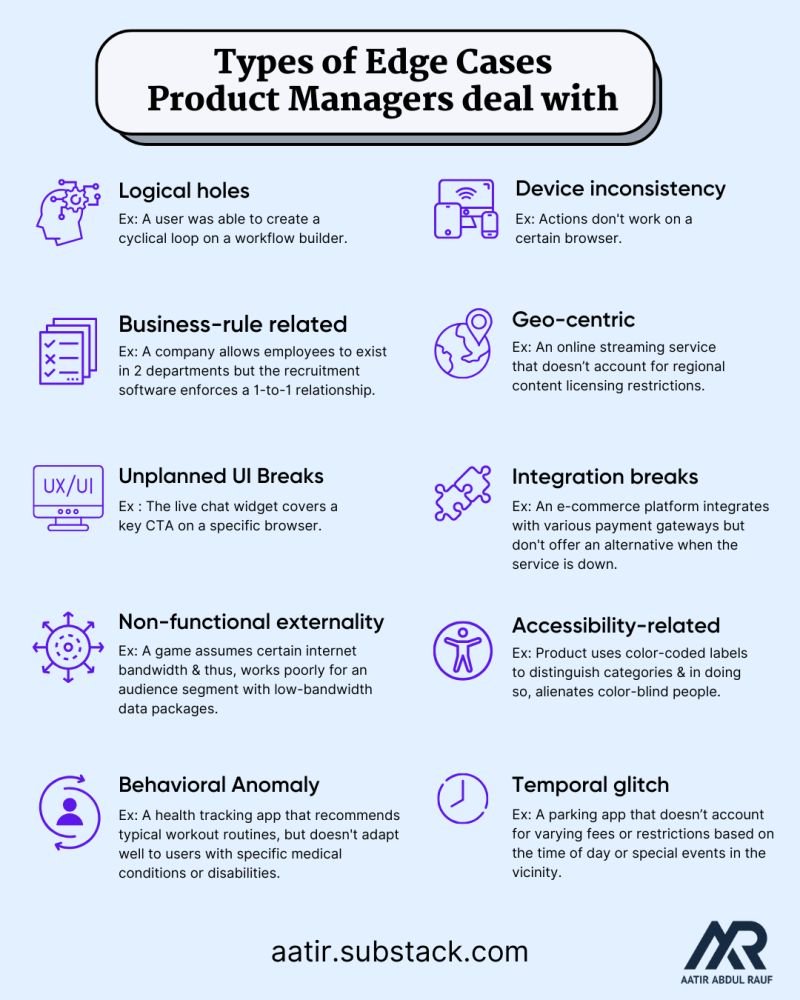
Someone on Reddit asked, "What is the most frustrating part about being a product manager?" Quite relatable! Here's a concise list: pic.twitter.com/nC02RdGHQJ
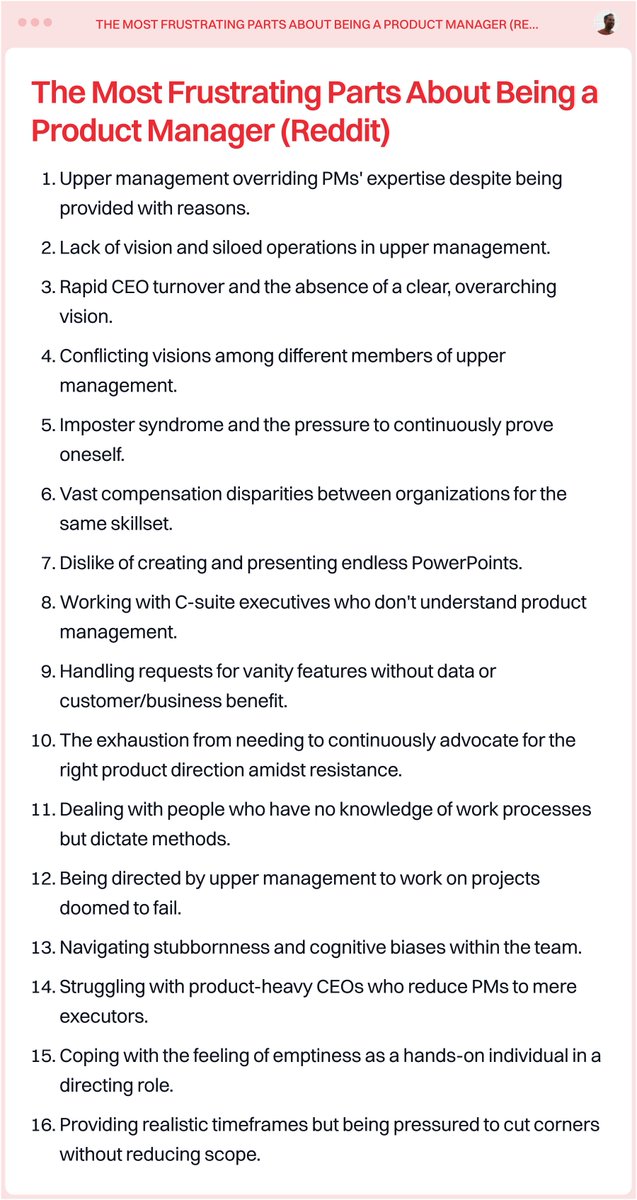
Learn product management skills with a collection of 250+ curated Twitter threads 👀 pic.twitter.com/xipz2a4lnH
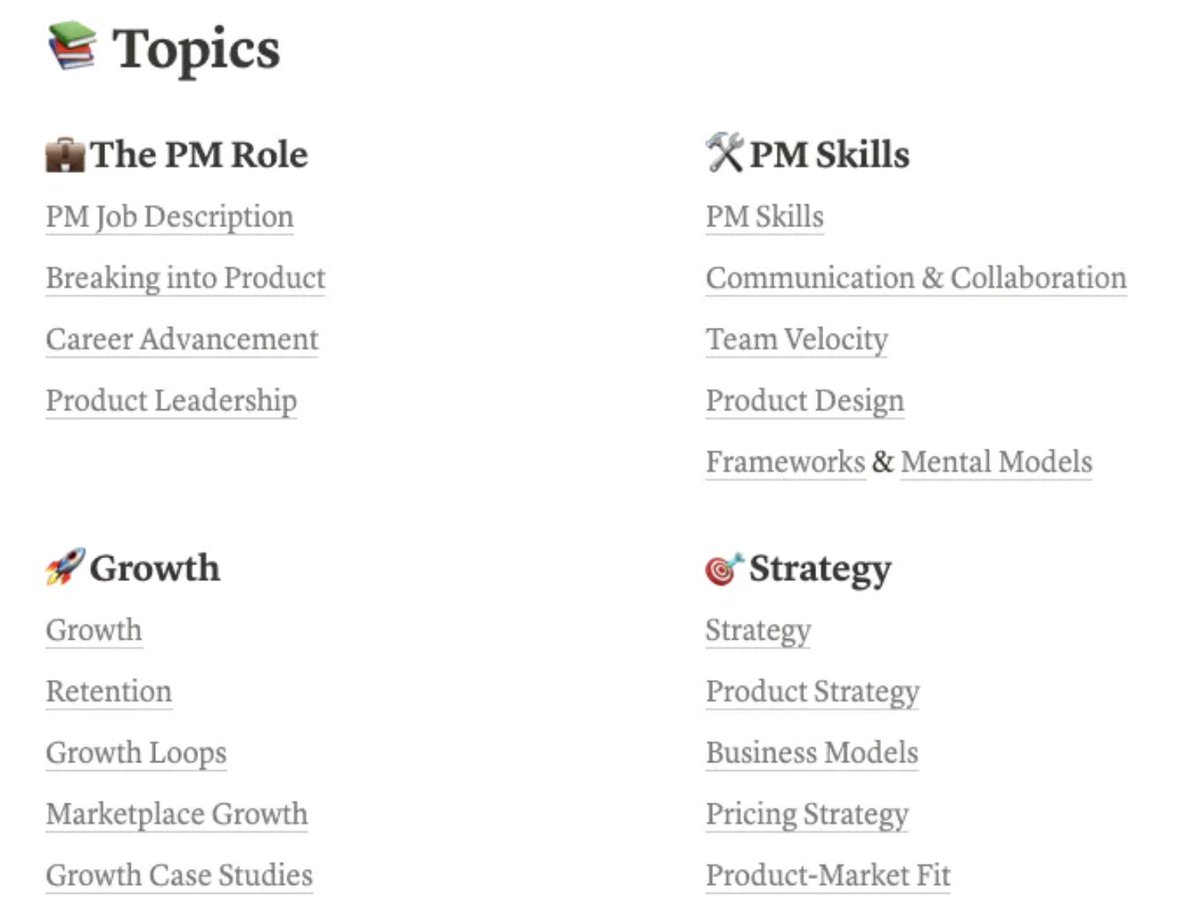
What a gem! Product Design Methods In A Mind Map (uxplanet.org/product-design…), kindly put together by @Mei_big_eyes. Full overview uxplanet.org/product-design… Mindmap as a Miro template miro.com/app/board/o9J_… #design #ux pic.twitter.com/SFP3xBGIib
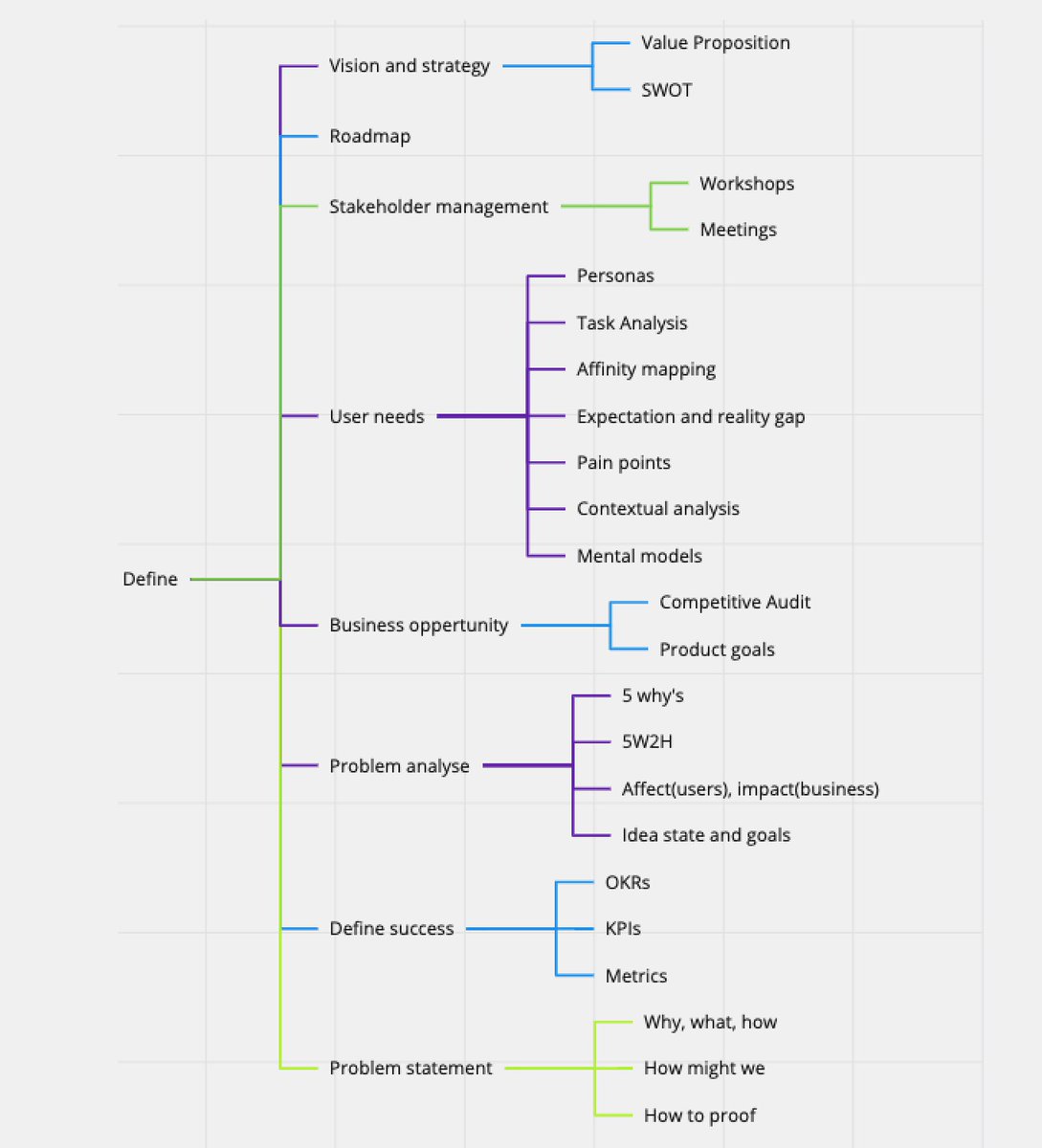
Love this from @GustavS on the "sport" of building products pic.twitter.com/WV02cgNebq
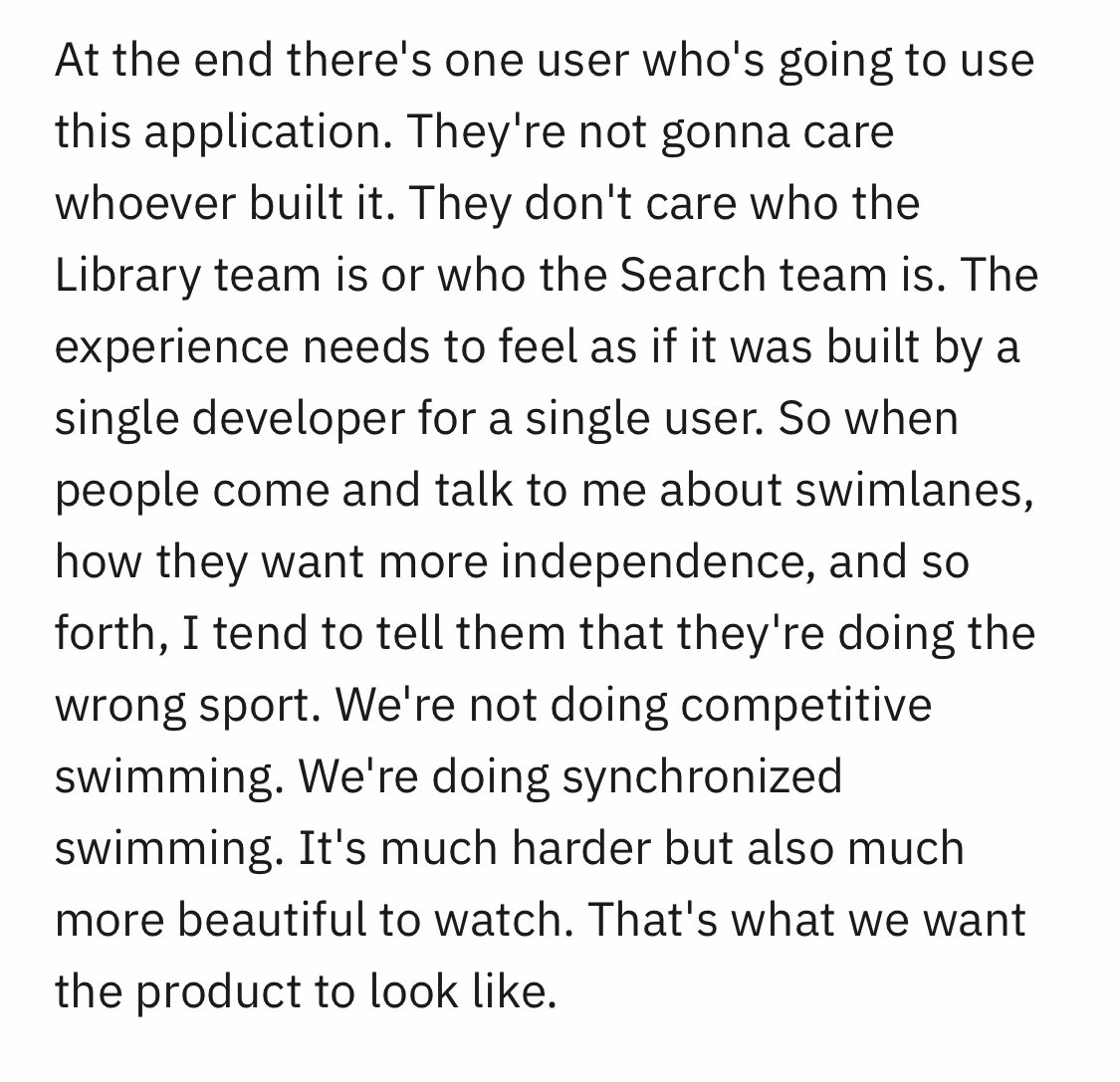
the new leadership wicked loop vs. the new leadership catalyst loop pic.twitter.com/S1hLJNl3Tt
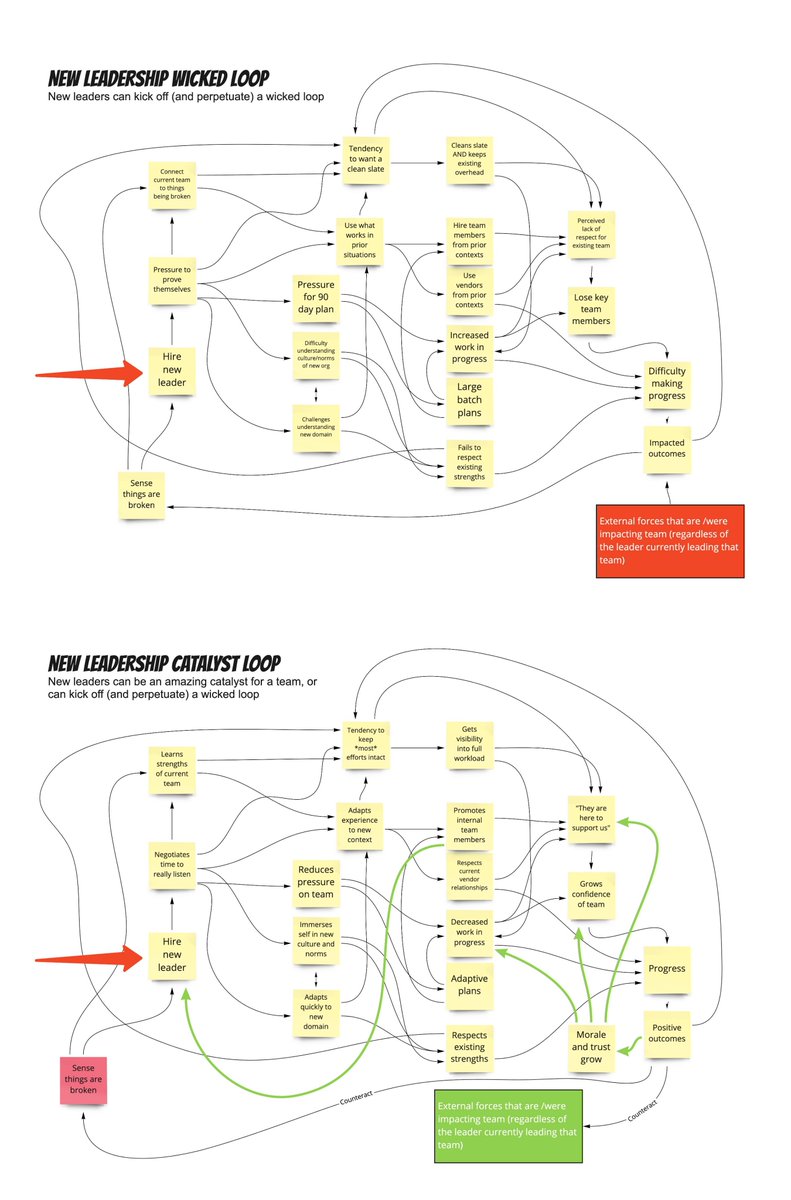
In our endless chase of objectivity & numbers in product work, it is quite easy to miss that almost every product we use & love was created due to a subjective insight followed by a creative leap by one person (or a tiny team), and then followed by even more creative execution.
I chatted with early @airtable employee and angel investor @edavidpeterson about the current state of product-led growth. He shared some awesome insights into how today's best SaaS companies are learning from the challenges faced by @Dropbox, @SlackHQ and other early PLG co's👇 pic.twitter.com/AyFUWQcyc6


- Adopters are not necessarily buyers, complicating the sales process
- Layering on sales once you’re growing quickly can create toxic politics
- Simple PLG product design doesn’t align with enterprise customer needs
How is @stripe so good at shipping software? We got the inside info from @penelope_zone 👇 artofproductpodcast.com/episode-180
the jump from define big --> think big is challenging pic.twitter.com/cDCPiJxHa0
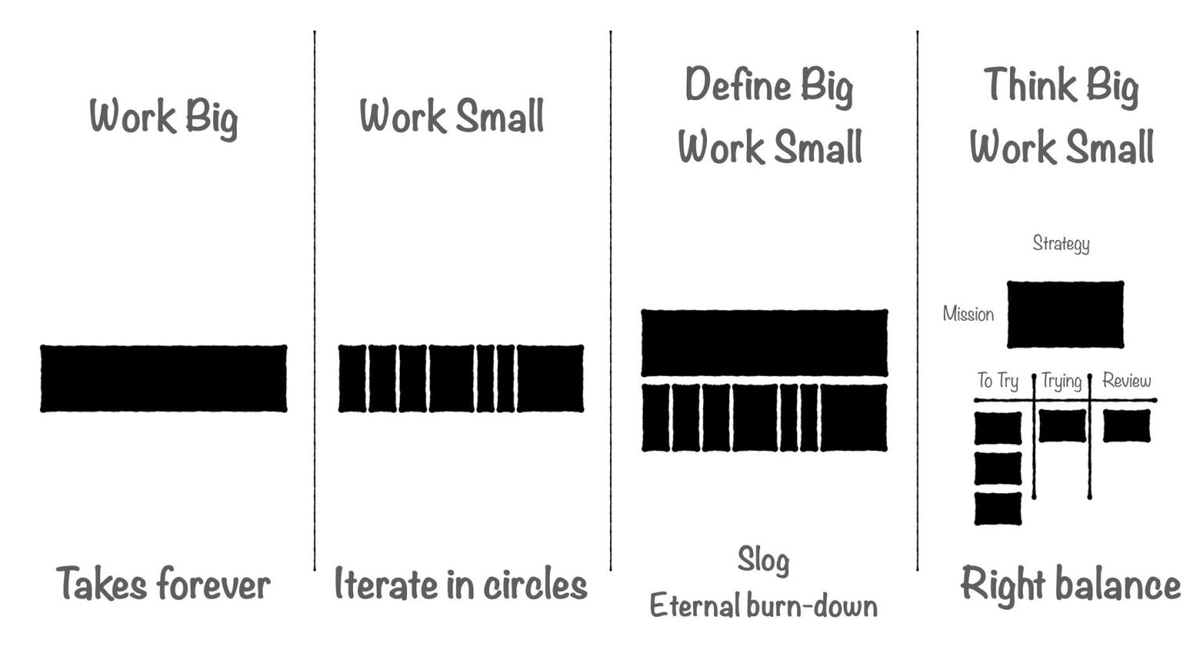
The more layers there are between customer feedback and developers, the worse this experience gets. pic.twitter.com/e0WMKitYrX
Working on a solo project, it's so refreshing to be able to just decide that some "tiny UX detail" really matters, and to spend unreasonable effort on it Often hard to justify this kind of decision on a team, even a high-functioning one where people understand design
Great designers are strong at "product thinking." This is a key aspect of many design interviews, as well as many PM or VC ones. But what exactly is product thinking? And how does one get good at it? Thread below 👇

To have good instincts about what makes a product beloved, you generally have...
- Curiosity about how people think and behave
- Understanding of why various products are popular/unpopular
- A habit of analyzing new products
- An eye for seeing good/bad user experiences
One of the main reasons most B2B software is hard to use is because product managers don’t end up using their own products (unlike consumer products where they get a gut level understanding of consumer pain).












